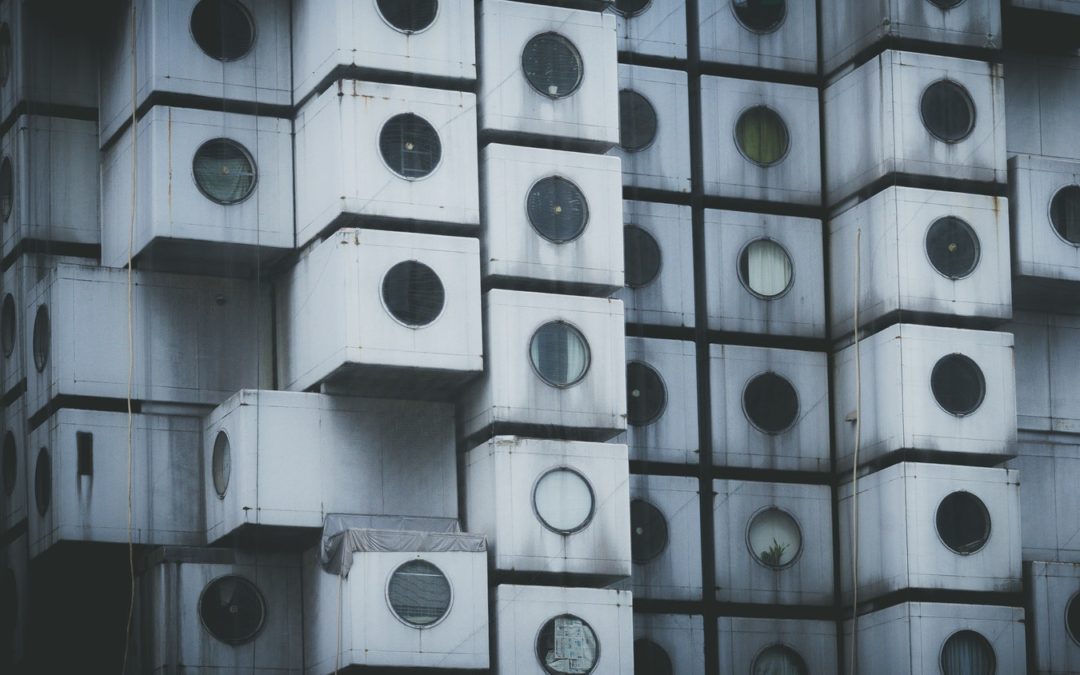How does your office look like? Do you sit in a cubicle, at a desk in an open plan or do you still have a closed private room? Or are you part of the co-working trend or working from home?
As long as offices have existed, planners, managers and architects have experimented with office design. Today, technology is changing the way we communicate and work with each other, opening up yet another set of opportunities for workspace design.
Yet, often the goals of workspace design do not align: maximising productivity, innovation and collaboration at reasonable costs is tough if not impossible with one blue print design.
We have chosen a few articles from the last 2-3 months, which discuss some of these ideas and challenges.
Research: Cubicles are the Absolute Worst
by Sarah Green
Sarah Green presents research about the question what annoyed or made people happy at work. While cleanliness scores low, it is noise (or the lack of “sound privacy”) that dissatisfies employees the most.
Of the most prevalent office designs, cubicles turn out to be the setting with least satisfaction, while people with private offices are the most satisfied.
Interestingly, the arguments often used for a more open design (i.e. less physical barriers) are collaboration and serendipity but “ease of interaction” was barely an issue for the people who participated in conducting this research.
Read the article: Research: Cubicles are the Absolute Worst by Sarah Green
Open offices for all; it is more flexible, adaptable and green
by Lloyd Alter
There are good reasons why open plan offices should not be discarded as unproductive and demotivating. This article lists some of the reasons why open offices were established in the first place including the cost of offices and the space needed for them; changes in technology (“the office is where you are”); and the rise of home offices where you can have the privacy you need to get stuff done.
All in all, the open office as a place that binds people together in an organisation is still one of the better alternatives as it is more flexible and greener.
Read the article: Open offices for all; it is more flexible, adaptable and green by Lloyd Alter
The Future Of Collaboration Is About Looking Backwards
by Glen Hiemstra
This article starts with the question how much in-person time we need in times of apps and gadgets that should make virtual collaboration a breeze. But what is the value of virtual work in the light of research that shows that many people prefer face-to-face communication for complicated things like innovation?
Glen Hiemstra argues that to succeed in improving collaboration, it is the right mix that counts. Organisations need to improve technology options for their employees but also ensure that people get enough in-person time.
Read the article: The Future Of Collaboration Is About Looking Backwards by Glen Hiemstra
‘Hacked’ Offices: The Future of Workplace Design?
by Shawn Gehle/ Alison Furuto
How do we build new offices? The answer that this video and article offer is repurposing and “hacking” existing buildings. In particular, by making them more connected to their surroundings and, at the same time, giving them their own personality.
This includes making them multi-purpose, partly open to the public, and, most of all, more sustainable.
View the Video: ‘Hacked’ Offices: The Future of Workplace Design? by Shawn Gehle
Read the article: Gensler to Envision the Office Building of the Future by Alison Furuto

